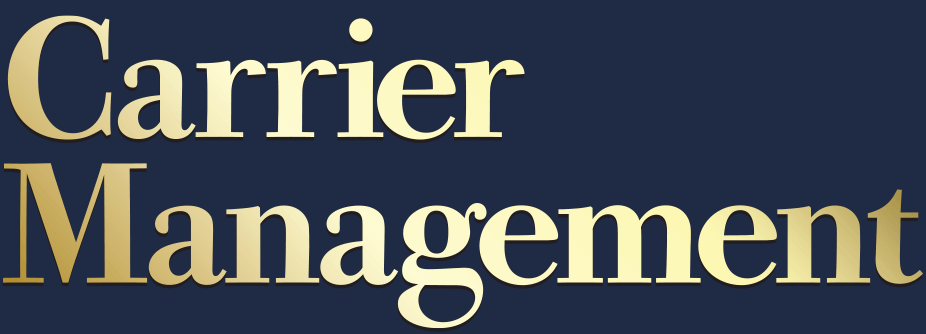
Executive Interview - 3 of 3
This article is part of a three-part series of interviews with InsurTech executives who are focused on insurance coverage issues for wildfire-prone regions.
View All InterviewsValkyrie Holmes, CEO of Faura, believes that a deep understanding of the structural qualities of buildings is crucial to insuring properties in areas at high risk for wildfires.
Her company specializes in helping insurance companies understand property survivability.
Faura goes beyond traditional climate modeling and taps into independent structure data to pinpoint the likelihood that a property will survive disasters. The company accounts for a property’s materials and resilience characteristics—such as vents designed to keep embers out of a building—and weighs that data against how those qualities have fared in past disasters.
Related articles: Live Burn Demonstrates Value of Wildfire Mitigation; A Community-Based Solution: How Actuaries and Fire Chiefs Can Tackle WUI Risk Together; Safer From Wildfires
Faura’s goal is to create a positive feedback loop by helping insurance companies stay profitable while also helping policyholders become more profitable consumers. Holmes said that “a good percentage” of Faura’s clients have written in areas impacted by the Southern California fires that began in early January.
Holmes explained on Jan. 9 that preliminary Faura data from the wildfires showed that the more survivable structures in the area, depending on where the wind was blowing, had “resulted in more profitable business, or business that would have been previously overlooked and forgotten about, therefore unlocking opportunities for the carrier.” She expected more concrete loss numbers to become available for the affected areas in the coming weeks.

“Now, we need to take another step forward — which is not a very hard step, in all reality — but it is a different way of thinking,….Now we need to understand whether our assets are actually going to still be standing.”
Valkyrie Holmes, Faura
Holmes called the devastation from the fires heartbreaking. She encouraged insurance industry professionals to keep an eye on how insurers think about measuring disaster risk and whether their portfolios are ready for a disaster of this size. High-risk areas with large amounts of brush, little amounts of rain and the potential for very high winds should prompt a deeper assessment.
“You’ve got to think about all of those different things,” Holmes said. “And if you match up for that in a lot of different areas, then it’s a question of, ‘Well, are the actual independent assets in the structures going to be able to survive?'”
Models that have long accounted for aggregated climate risk have been important and beneficial for the insurance industry, she said.
“Now, we need to take another step forward — which is not a very hard step, in all reality — but it is a different way of thinking,” Holmes explained. “Where, now we need to understand whether our assets are actually going to still be standing.”
***
Years before the January 2025 Palisades and Eaton fires sparked in high-wind conditions in Southern California, InsurTechs focused on insurance coverage issues for wildfire-prone regions.
In a three-part series of articles, executives of three—Delos Insurance Solutions, Kettle and Faura—shared their perspectives on the peril overall and discussed how the latest fires could affect insurance moving forward. Here, the CEO of Faura explains why understanding the structural qualities of buildings is key to understanding wildfire risk.
Read about Delos in Part 1, “Delos Insurance Solutions Tackles a Nonstandard Peril: Wildfire,” and about Kettle in Part 2, “Parametric Insurance Meets the Wildfire Peril: InsurTech Kettle Responds“





















 Hawaii Islands Sinking Faster in Some Areas, Increasing Flood Risk
Hawaii Islands Sinking Faster in Some Areas, Increasing Flood Risk  North Carolina Association Celebrates 15,000 FORTIFIED Homes
North Carolina Association Celebrates 15,000 FORTIFIED Homes  Better Results Ahead? Technology Improvements in Commercial Fleets
Better Results Ahead? Technology Improvements in Commercial Fleets  Delaware Rushes to Reverse Firms’ Threats to Leave State
Delaware Rushes to Reverse Firms’ Threats to Leave State 
